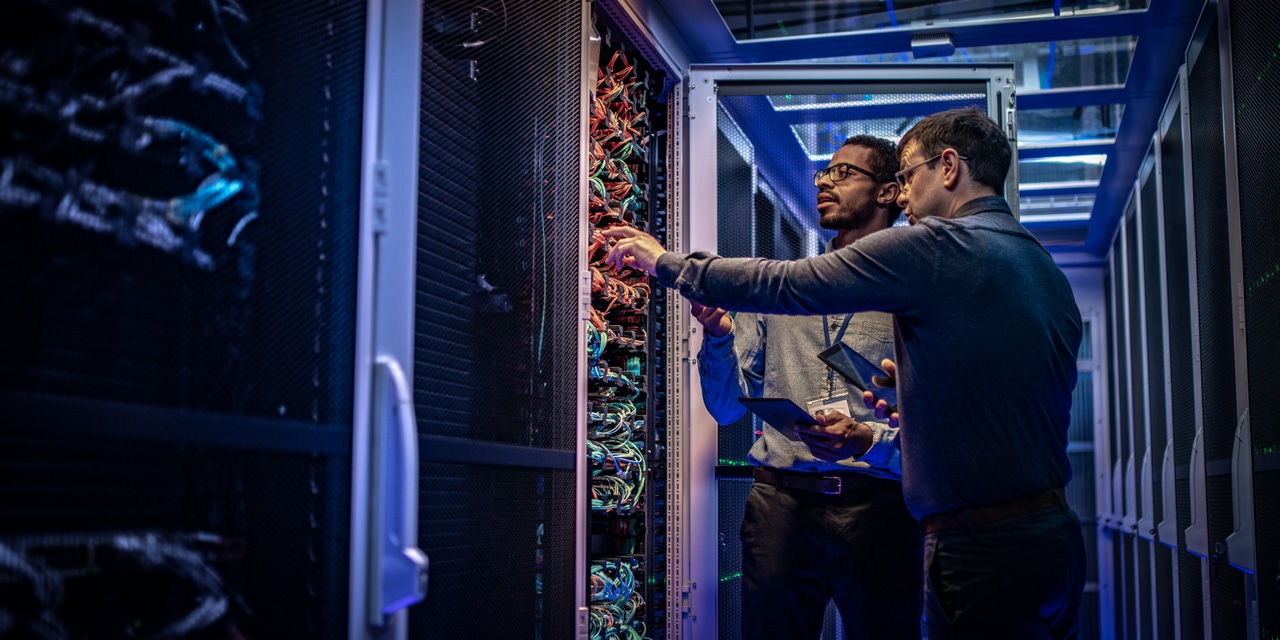
Insight and analysis on the data center space from industry thought leaders.
Harden Physical Security to Boost Your Data Center's Uptime: Here's How
Mark Feider of Genetec reveals hidden benefits of unifying physical security efforts for data centers to achieve maximum uptime.
October 31, 2022

The growth in data, driven by streaming, user-generated content, online buying, and other results of digital transformation, has been well documented. The growth has impacted the data center industry along with mergers and acquisitions, fast-changing regulatory mandates, and evolving cyberthreats - all of which challenge uptime.
Whether you face a physical security breach or cyberattack, a cease in operations can cost your business millions in damage, loss of customer contracts, and noncompliance fees. According to the Uptime Institute’s 2022 Outage Analysis, the consequences and cost of downtime are worsening, with 60% of failures now resulting in at least $100,000 in total losses. They also found that when major outages happen, over 85% of the incidents stem from staff failing to follow procedures or from flaws in the processes themselves.
Data centers look at every aspect of the business to reduce downtime. One often-overlooked area is physical security systems. Unifying video surveillance, access control, license plate recognition, intrusion detection, and more on a single platform can centralize security, compliance activities, and operations to ensure maximum uptime and efficiency.
While unified security solutions are already in use by corporations, governments, and top data centers, many others are still working to integrate disparate legacy systems that were either built over time or inherited through consolidation.
Integration Is Not Unification
Bringing separate physical security solutions together via integration using software development kits (SDK) or an application programming interface (API) programming is often done superficially. That’s where the limits of integration start to show. The goal of a security operator is not only access – it’s action. They might want to unlock a door where someone is having issues, for example, or trigger a call with an intercom to check why someone is trying to access a particular area. With an integrated system, data is not centralized, so users must still toggle between systems to take action. With every toggle, there’s an opportunity for error.
When systems are truly unified, the data from each is embedded in a unified platform. Data is not only presented to users seamlessly as part of their day-to-day activities, but that information is also parsed so only actionable events are brought to the users’ attention. Other data is either kept in the background or silently dealt with through automated workflow. At that point, information flows smoothly across the solution, optimizing an operator’s attention and effort -- and reducing human errors through automation.
Unification brings together all security system components seamlessly in a single software platform with one user interface in a way that can vastly improve physical security management. Plus, unification can open a new world of collecting and using actionable business intelligence that can greatly enhance the data center’s operations.
How to Use a Unified Security Platform to Mitigate Risks
It’s becoming more difficult and expensive to run and manage servers while mitigating cyberattacks and remaining compliant. How do you secure a growing number of assets across multiple sites while staying ahead of new threats and regulations? How do you ensure that your security team operates within the regulatory bounds and how quickly can you share evidence with stakeholders? Here are some of the ways a unified security platform can help you maximize uptime.
Maintain your server rooms’ temperature - Unify HVAC temperature sensors within your security platform can help you easily monitor and adhere to your data center’s cooling requirements.
Digitize your Standard Operating Procedures (SOPs) - Guide your operators’ responses to predefined events and incidents using SOPs. This can help ensure compliance with different regulatory requirements.
Define access rights policies and compliance rules - Allow only people with certain credentials into your data center by using your security system to manage access rights. These can be assigned according to the role, professional certifications, or training of employees, contractors, and visitors.
Optimize evidence reporting - Save time by securely granting access to evidence at the click of a button. Quickly define user permissions to ensure information is only shared with authorized individuals.
Modernize security with IP access control - Upgrade from mechanical brass keys to intelligent key systems and biometrics. Use a modern, IP-based access control to manage it all. Better secure entrances and exits to restricted areas and easily manage employees, contractors, and visitors.
Extend perimeter security with ALPR - Know which vehicles are always on your premises using automatic license plate recognition (ALPR) technology. Get a real-time inventory of vehicles on your site and limit lot entrance to vehicle license plates on approved lists.
Maximize video coverage - Get a clear picture of incidents and empower your team to quickly react to threats. Tap into the ease and convenience of cloud video surveillance to extend coverage at remote sites.
Spot intruders before they enter your perimeter - Use radar, LiDar, fence intrusion detection, and video analytics to detect potential intruders and drones beyond the fence line.
Managing bandwidth requirements while securing your facility and remaining compliant can be challenging. Unifying all aspects of your security within one solution gives teams a holistic view of all your data center locations and helps them make better, more informed decisions that help reduce downtime. Starting the process of bringing disparate systems together with a goal of unification, not simply integration, allows you to build onto existing investments and make changes in an evolutionary way.
Mark Feider is National Director, Enterprise, at Genetec. Prior to joining the company in 2007 he was a national account manager at a large Canadian security systems integrator.
About the Author(s)
You May Also Like



.jpg?width=700&auto=webp&quality=80&disable=upscale)



